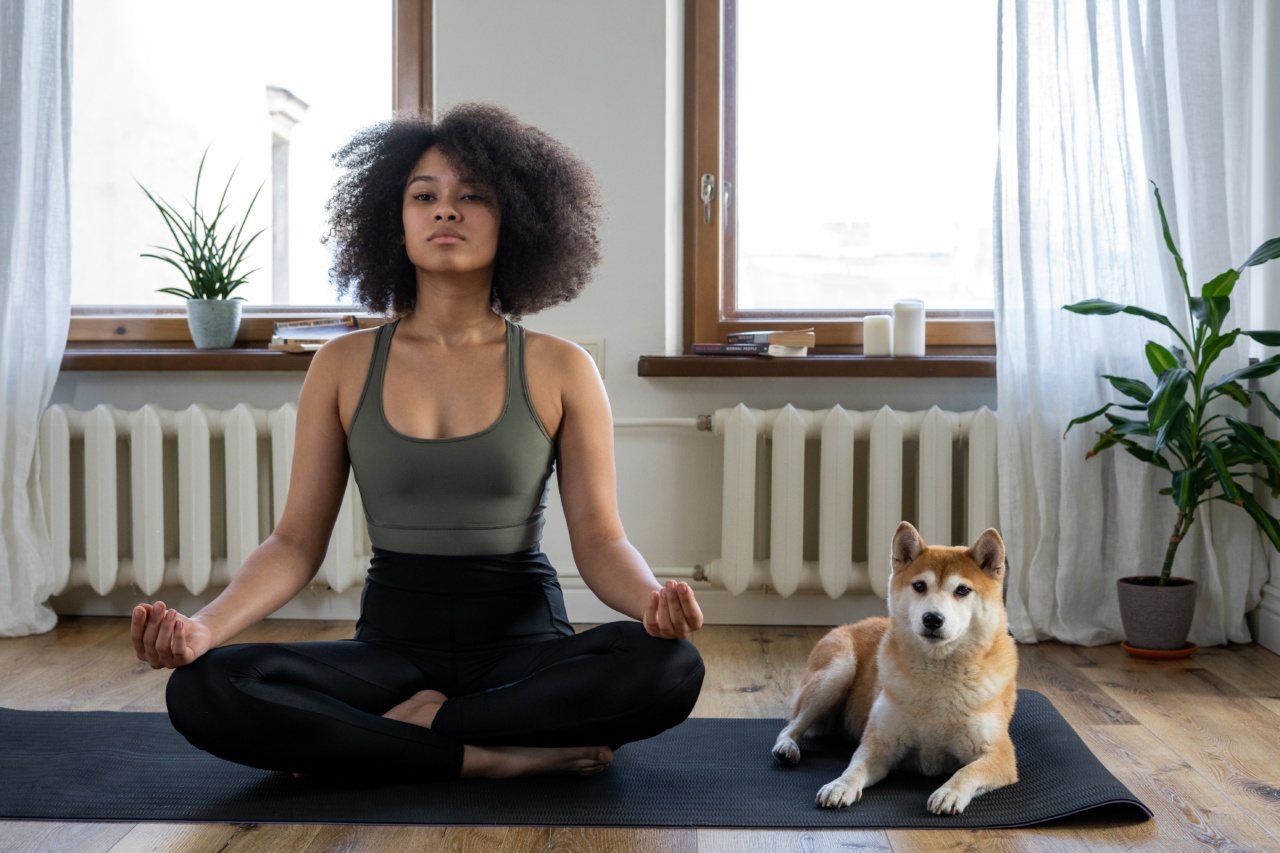When visitors come to your home, it is essential to pay close attention to your dog’s body language to ensure their comfort and well-being.
Dogs have their unique ways of communicating, and understanding their body language cues can help you create a safe and stress-free environment for them. This article will explore the various body language cues your dog may exhibit when they are uncomfortable with visitors, allowing you to recognize and address their needs promptly.
1. Tail Position
A dog’s tail can reveal a lot about their emotional state. When a dog is uncomfortable or feels threatened by visitors, they may hold their tail low between their hind legs or even tuck it under their body.
This signals their desire to protect themselves and can be a clear indication of their discomfort.
2. Ear Position
Observe your dog’s ears when visitors are present. If their ears are pinned back or flattened against their head, it is a sign of anxiety and discomfort. When a dog is relaxed, their ears are usually perked up or in their natural position.
However, if they are trying to avoid interaction, they may pull their ears back as a defensive response.
3. Yawning or Licking Lips
Dogs often yawn or lick their lips when they are anxious or stressed. If you notice your dog exhibiting excessive yawning or repeatedly licking their lips, it may indicate their discomfort with the presence of visitors.
This behavior serves as a self-soothing mechanism and an attempt to balance their emotions in an overwhelming situation.
4. Body Stiffness
When dogs are uncomfortable, they may exhibit rigid body posture. This stiffness indicates their apprehension and can be seen through their overall body language. Pay attention to whether your dog is frozen in place, with muscles tensed and motionless.
This can be a clear indication that they are not at ease around the visitors.
5. Avoidance or Hiding
Dogs may choose to avoid or hide when they feel uncomfortable with visitors. They may seek refuge in a quiet corner or under furniture, trying to distance themselves from the unfamiliar people in their territory.
This behavior shows their apprehension and desire to create a safe space for themselves away from potential threats.
6. Excessive Panting
Panting is a natural way for dogs to cool themselves down, but excessive panting in the presence of visitors can indicate anxiety.
If your dog is panting heavily despite no physical exertion or high temperatures, it may be a sign that they are stressed or uncomfortable. Be attentive to their breathing patterns to understand their emotional state.
7. Raised Hackles
The hair along a dog’s back and shoulders, known as hackles, may stand up when they are feeling uneasy. Raised hackles create a larger and more intimidating appearance, serving as a warning signal to potential threats.
If your dog’s hackles are up when visitors are around, it suggests that they are on high alert and perceive the situation as potentially threatening.
8. Excessive Shedding
Stress can trigger excessive shedding in dogs. If your dog is shedding more hair than usual when visitors are present, it could be a sign of their discomfort.
Keep an eye out for increased hair loss or clumps of fur coming off easily as it can indicate that your dog is experiencing anxiety or stress in response to the situation.
9. Excessive Barking or Growling
When a dog feels uncomfortable with visitors, they may resort to excessive barking or growling as a way to express their displeasure or warn others.
This vocalization serves as a communication tool, signaling their fear or the need for the visitors to maintain their distance. It is crucial not to punish this behavior but to address the underlying cause of their discomfort.
10. Cowering or Submissive Posture
A dog with a submissive posture is indicating their desire to avoid confrontation or conflict. If your dog cowers, lowers their body, tucks their tail, or rolls over when visitors are present, it indicates their discomfort and submissiveness.
They are communicating their submission and vulnerability in an attempt to defuse potential conflicts.
Conclusion
Recognizing and understanding your dog’s body language cues when they are uncomfortable with visitors is essential for maintaining their well-being.
By paying attention to their tail position, ear position, yawning, body stiffness, avoidance or hiding, excessive panting, raised hackles, excessive shedding, excessive barking or growling, and cowering or submissive posture, you can address their needs promptly and create a safe and peaceful environment for them. Remember, each dog is unique, and it is crucial to respect their boundaries and provide them with the support they need when confronted with unfamiliar situations.






























